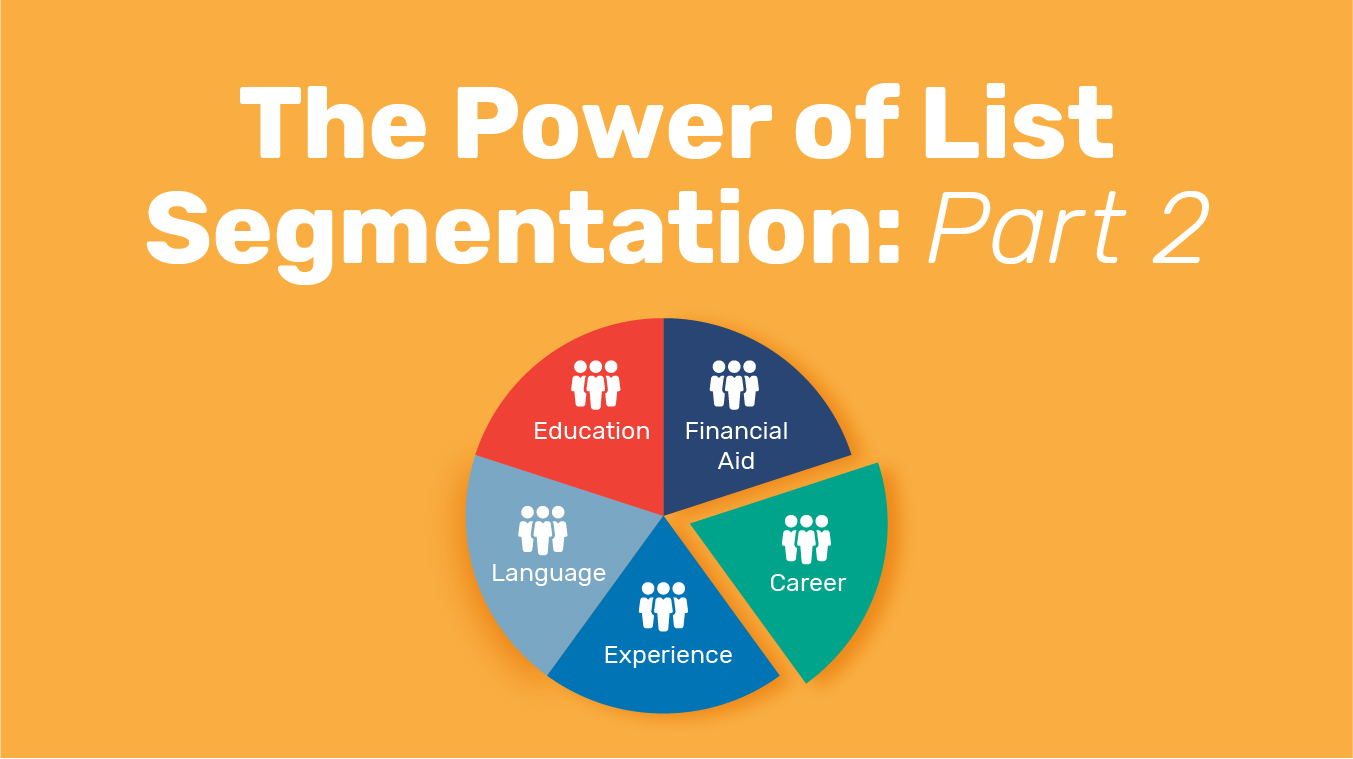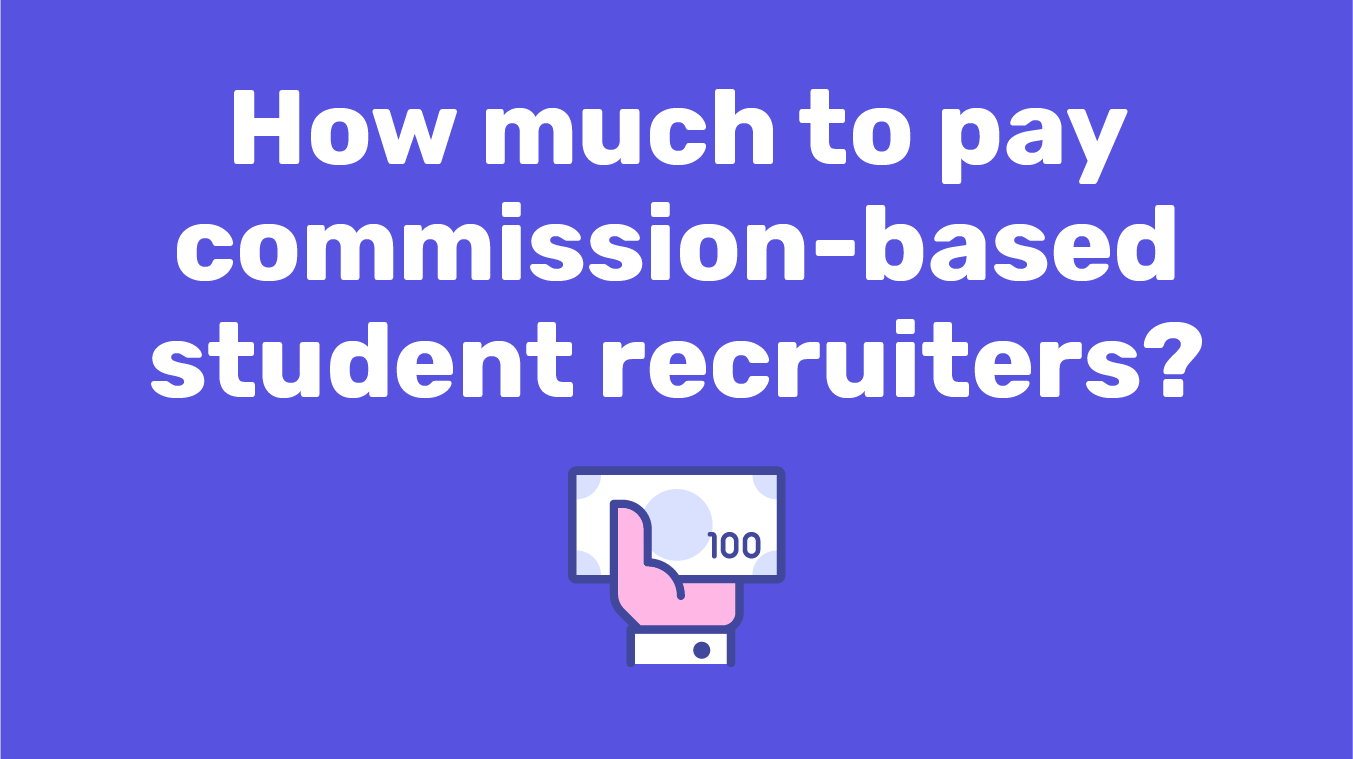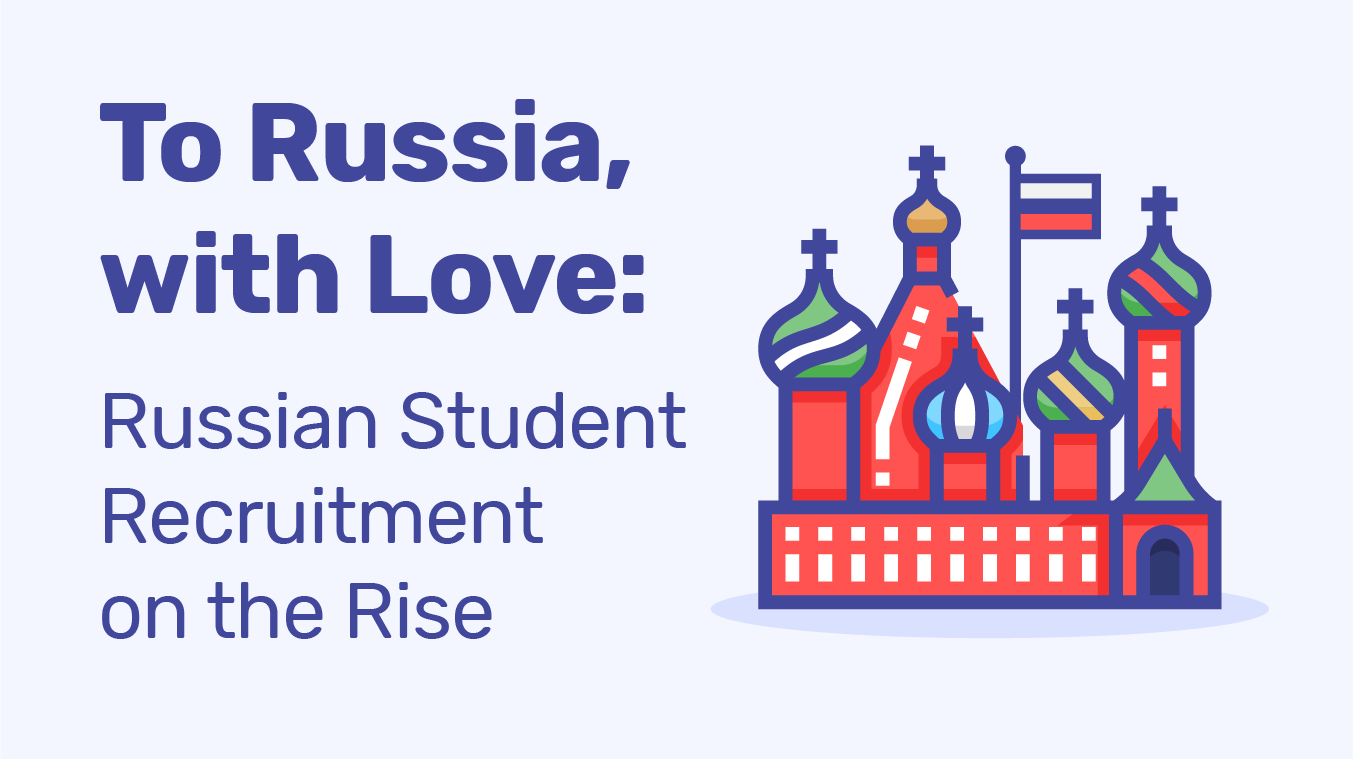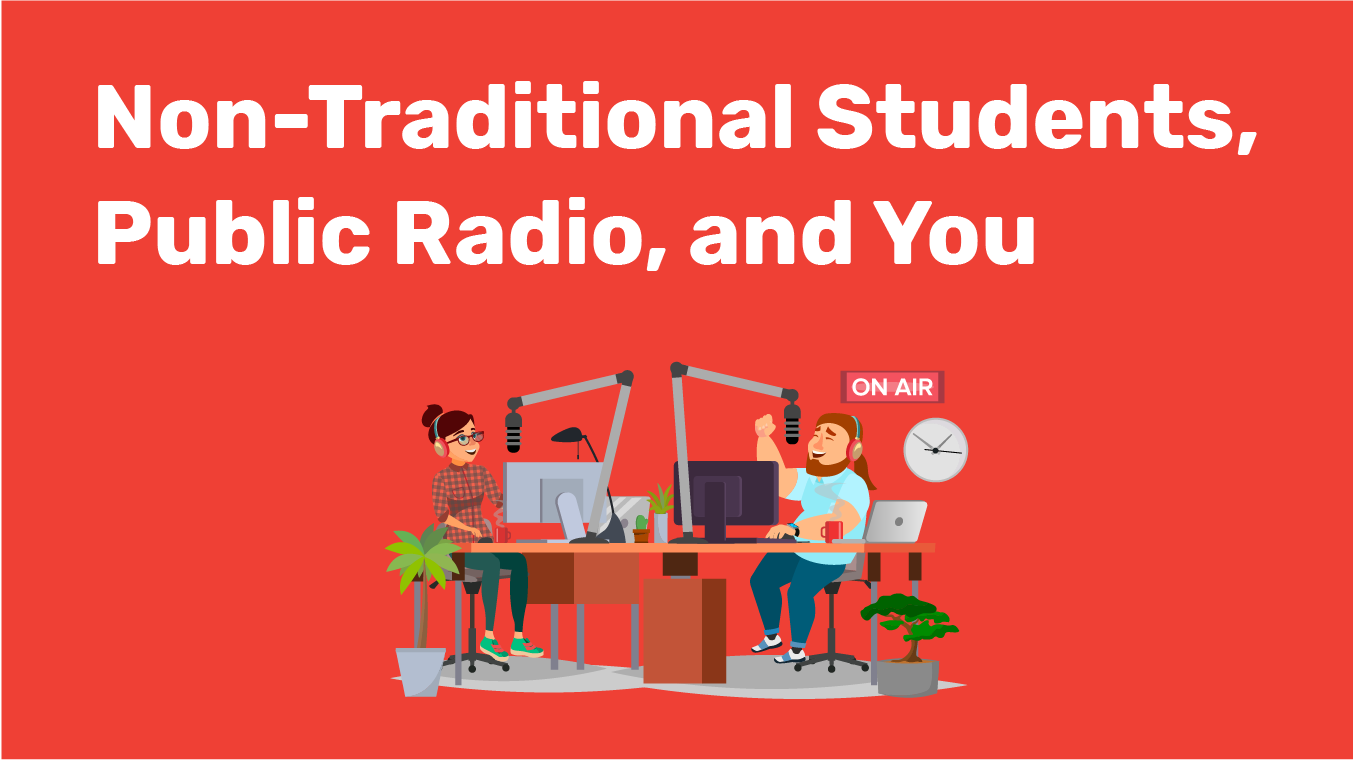Audience segmentation and digital marketing, this is our third post of our three-part series. Our faithful readers dug into Part I (segmentation and parameters) and Part II (audience motivations) with relish. Today: messengers and lead scoring. Hold onto your hats, right?
This stuff is important— so while our blog series on the topic may end today, we hope you'll keep digging into the topic of audience segmentation. We're here to help. Drop us a line at info@intead.com, or connect with us in-person at the TABS Global Symposium on April 28-30 in Newport, RI. We'd love to talk with you about how you can use segmentation to up your enrollment game.
One other near-term, valuable opportunity to learn with us: Artificial Intelligence for Higher Ed Explained. An Intead Plus exclusive webinar with Ashish Fernando, CEO of iSchoolConnect.
This is a great opportunity. We will help you navigate the complex waters of AI and help you stay focused on your long-term goals. We're Intead, so we'll have some really cool data to share about online behavior, tech trends, case studies and the many faces of AI that can improve your student recruitment and engagement.
Here's the bottom line on audience segmentation. Yes, the process can feel daunting. You have a lot to consider: Which regions do you want to reach? What motivations drive your prospective students? Which messages will be most compelling, and to whom?
There is a ton of strategy to consider and content to develop. Nevertheless, this process is how you get more applications and boost your student yield. We imagine there is some internal pressure to achieve these goals, yes?
Different markets require different approaches. Ignore this reality at your own peril. For example, many institutions simply dump all prospective “international students” into a marketing bucket called “INTERNATIONAL.” We hear it all the time (“Let us show you our ‘international’ recruitment brochure!”) and it still makes us wince.
In today's competitive market, a one-size-fits-all approach simply doesn't cut it. Take the time to segment your audience and implement a marketing plan (message, content, dissemination channel) to each group you are targeting, and success will follow.
Part of doing audience segmentation well is choosing the best messenger at the best time. And another part is having your system set up to indicate or elevate the best leads - AKA lead scoring (those most engaged) so you know where to focus your valuable time and resources.
So without further ado, let's get to it.
Read More










